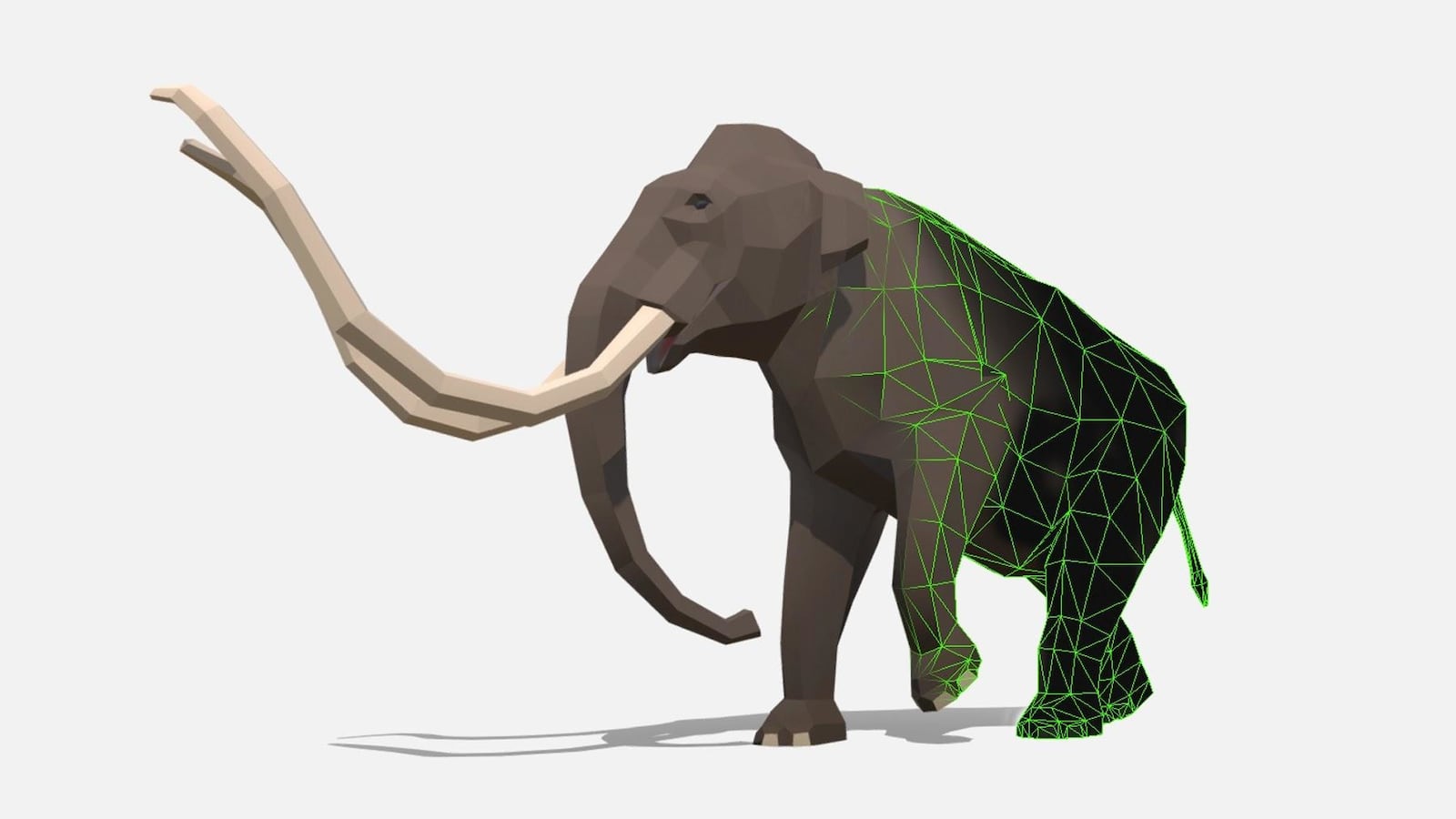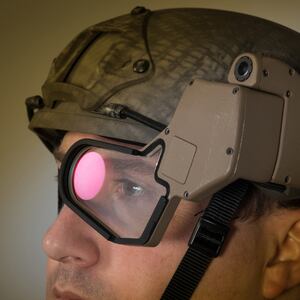Scientists are working on ways to bring extinct animals like the wooly mammoth or the passenger pigeon back from the dead. But these won’t be animals paraded around in a zoo—for the rest of us in the general public, we won’t be able to glimpse these ancient critters in the flesh. For something like that, we turn to one of the hottest buzzwords in tech right now: augmented reality.
Thanks to a team of researchers in California, hosting an American lion, dire wolf or saber-toothed tiger right in one’s own living room will be possible through AR technology. In a study published in the journal Palaeontologia Electronica on Tuesday, a team of researchers and designers created more than a dozen scientifically accurate virtual models of animals from the Ice Age, a period during Earth’s natural history marked by huge continental glaciers and colder global temperatures lasting millions of years. The collaborative effort between the Natural History Museum of Los Angeles County, La Brea Tar Pits, and the University of the South California, bridges design with paleontological research to create an innovative tool not just for the average person but scientists as well.
The researchers were inspired to create the virtual models to investigate the role of AR in the museum experience. They quickly discovered there weren’t any accurate virtual models of Ice Age animals they could use for their own research, Matt Davis, exhibition developer at the Natural History Museum of Los Angeles County and the study’s lead author, told The Daily Beast.
Recreating these long-gone animals required researchers and designers to check out preserved specimens on hand, such as a skeleton, muscle, or fur, or compare them to a currently living relative. The models were then built in a blocky, low poly style, commonly used in 2D and 3D art.
The 13 virtual models, which include the ancient bison, the western camel, the western horse, the dwarf pronghorn, are available on Snapchat and Instagram’s AR feature.

Bring the Short-faced bear to life in AR with this snapcode.
Courtesy of La Brea Tar PitsWhile it’s possible to conjure virtual animals from a cell phone using Google’s AR search feature, Davis said the power of these models is in their scientific accuracy and potential to influence current and future paleontological research through artwork.
“Paleoart is an [artistic] hypothesis of what an extinct animal looks like, how it behaved, how it walked,” said Davis. “The problem is, it’s often seen as an afterthought. Most paleontologists writing their scientific papers put in their graphs and data, but paleoart isn’t part of that.”
Davis and his team hope their virtual models will encourage other scientists to give paleoart a chance and help advance future research, a potential tool paleontologists can use to uncover what’s known or unknown about an extinct species.

A 3D model of a mastodon.
Courtesy of La Brea Tar PitsThe rise of virtual reality systems, too, means there are opportunities to one day have museum-goers interact with these virtually resurrected animals in much more detailed digital environments, like Meta’s proposed metaverse. Davis and his team don’t have any immediate plans for such work, but it remains a possibility down the road.
“If anyone wanted to start building [in] the metaverse, you could buy these models. We share them with people freely so they can enjoy them in AR,” Davis said, adding the Ice Age animals could even be incorporated into a video game, giving Jurassic World Evolution a run for its money. “I would rather have a video game with scientifically accurate assets and people using these things than not."







